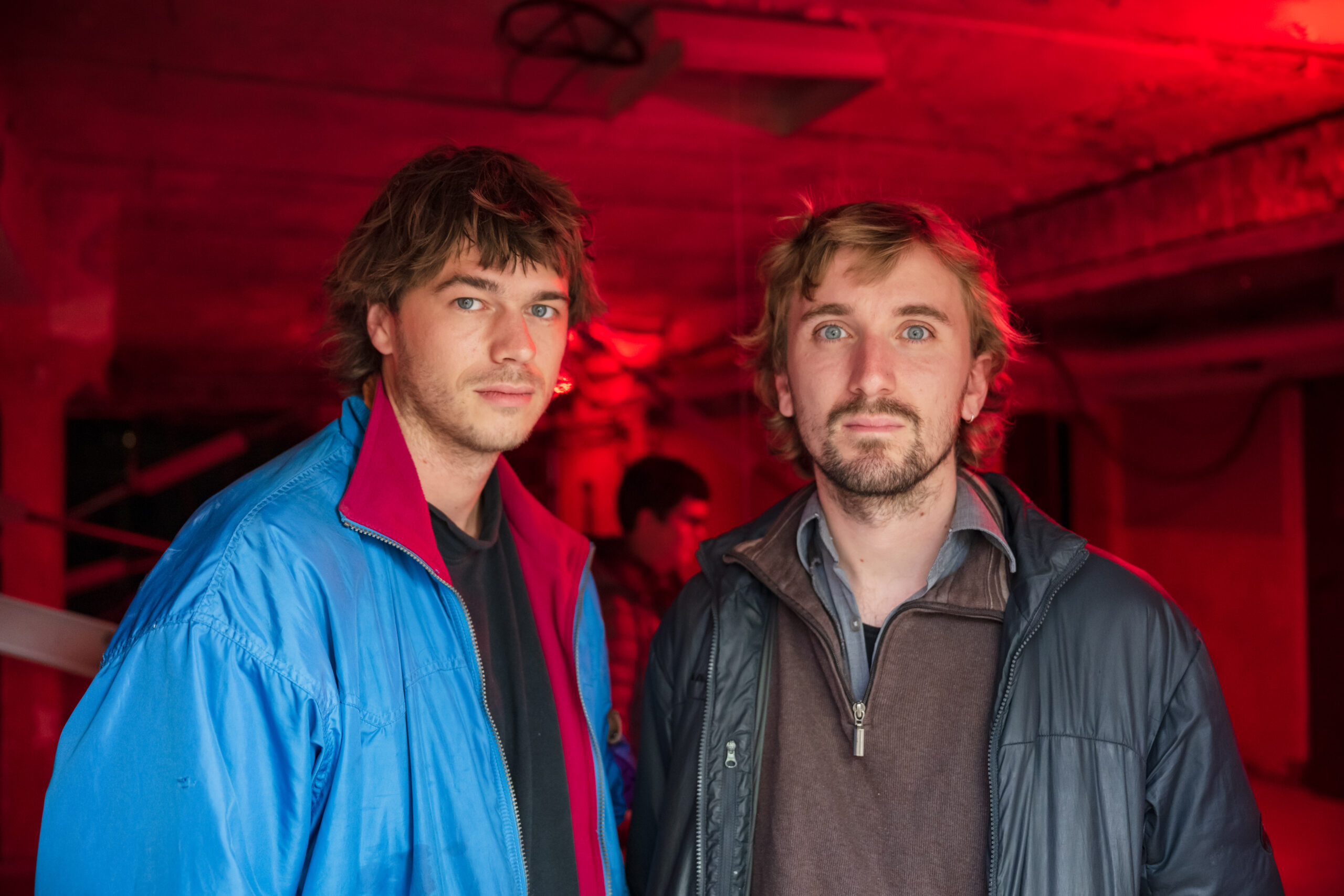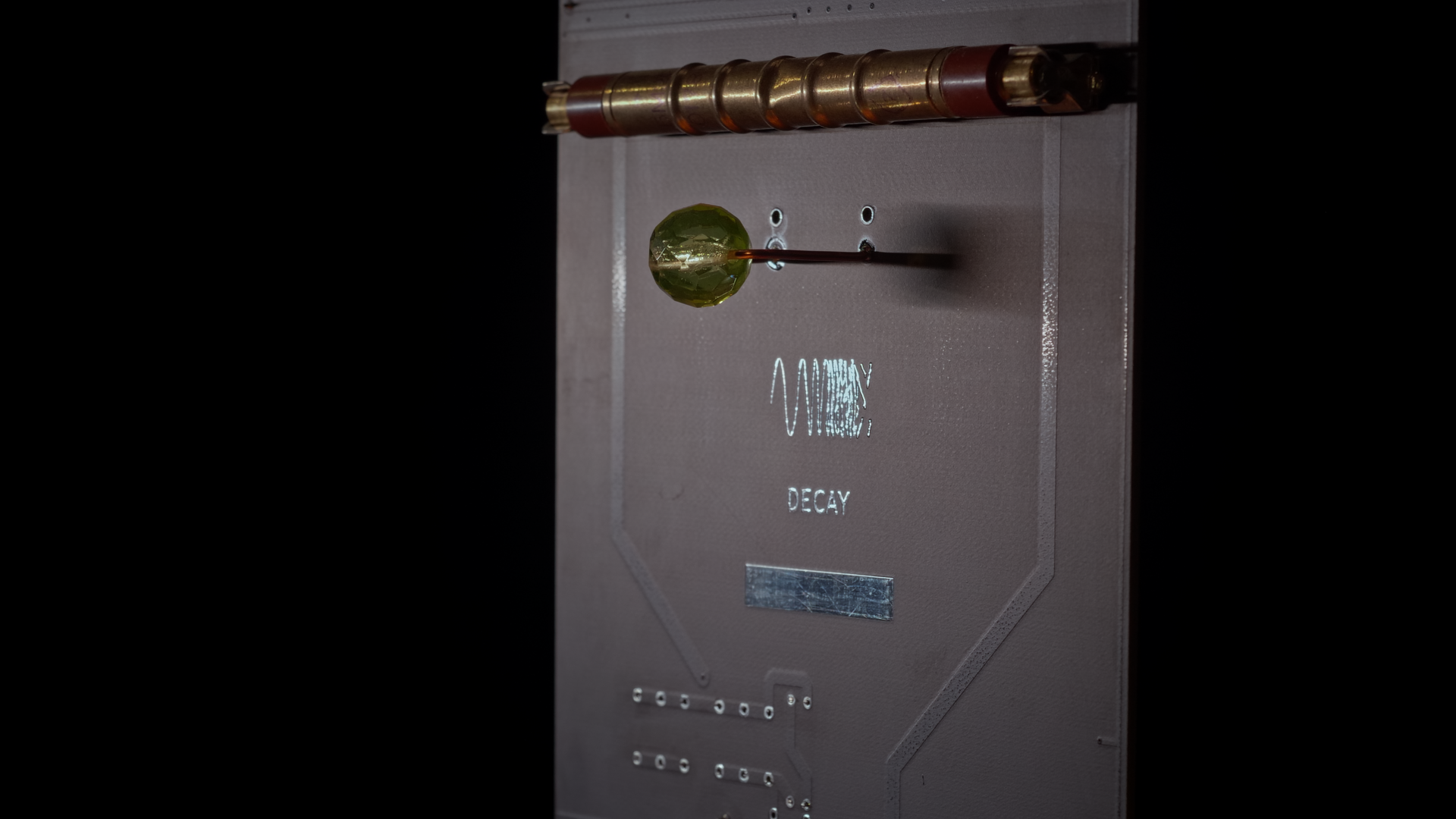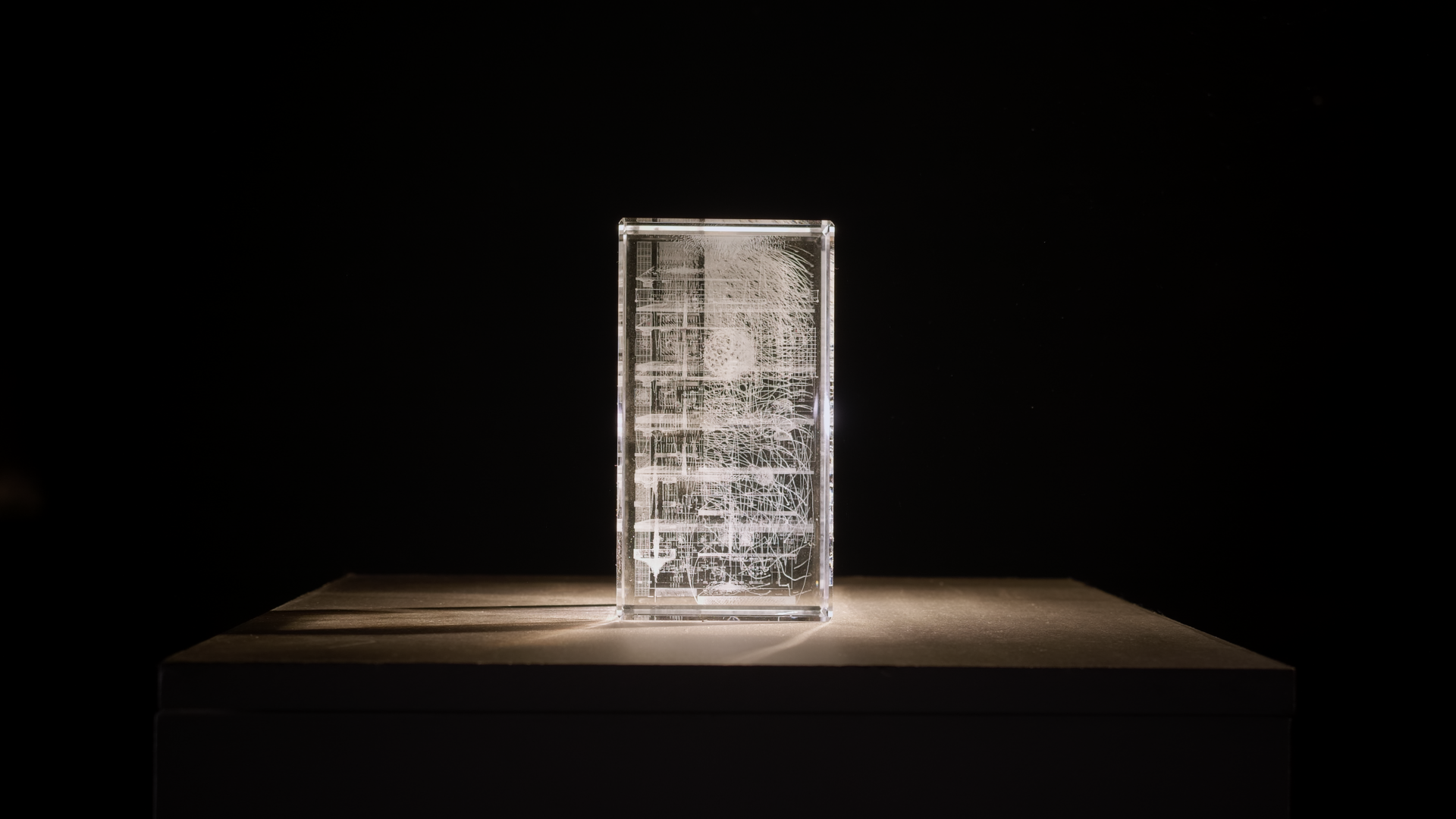HAUPTMEIER|RECKER
Installation • Decay 2022 - 22424
22–24 September • 14:00 – 18:00 • Techne Sphere Leipzig • Free admission

© Peter Adamik
Since 2009 the composers Martin Recker (1991) and Paul Hauptmeier (1993) have been working together as an artist duo in the field of sound- and multimedia art. Together they studied composition with Robin Minard and Maximilian Marcoll at the Hochschule für Musik FRANZ LISZT Weimar, as well as at the University of California San Diego with Katharina Rosenberger, Natacha Diels and Miller Puckette.
In addition to works for theater and opera, live electronics, radio and electro-acoustic music, their focus lies on sound installations in public spaces.
They are co-founders and board members of the ZiMMT - Center for Immersive Media Art, Music and Technology in Leipzig. There they conduct research in the field of spatial audio and organize workshops, panels, concerts and exhibitions on the subject.
Since October 2022 they have shared a position as artistic collaborators at Burg Giebichenstein in Halle Germany, where they teach sound art in the study program of time-based arts.
Installation • Decay 2022 - 22424
21–24 September • 14:00 – 18:00 • Techne Sphere Leipzig • Free admission
Decay is a sounding sculpture dealing with radioactive decay processes in extreme periods of time, which are beyond our human perception, lifespan and imagination. The sculpture is calculated to play for 20,402 years.
By German law radioactive waste must be stored safely for one million years. Through an artistic engagement Decay aims to arrive at a better understanding of time periods of this extreme extent.


Decay's pulse generator is a slightly radioactive uranium glass. For each radioactive decay detected by a specially designed geiger counter, a droplet is released from the electronically controlled valve in the head of the column, falls onto the top metal plate and causes it to vibrate. This vibration resonates in the plates below, which are connected by transducers and microphones in a complex network of electroacoustic feedback.
As time progresses, the droplet changes the resonant properties of the metal plates. Exposure to oxygen and water causes the metal to begin to rust and dissolve after a calculated time, causing the droplet to hit the plate underneath, which has a different tuning. It is a slow but steady process of decay, the sounds decompose continuously and die slowly.
The intended life span of each plate and the resulting total performance time is determined by the metal alloys chosen, the thickness of the material, and the external influences. With the support of experts from the Max Planck Institute for Iron Research in Düsseldorf, the plate composition was calculated as precisely as possible. Since their scientific view of this subject is seldom directed at much longer periods than 100 years, the period given is an extrapolation. Smallest factors and variables like air humidity, salt content in the air, PH value of the water and much more can have serious influences on the life spans of the plates. Possible deviations of the calculations between 10,940 and 114,434 years show the absurd extent of smallest variables in such a huge time frame. These possible deviations should not be concealed and are important aspects of this work.
Part of the sculpture is a score laser engraved in a glass cube. It contains the concept, the general setup, the sonic evolution and the acoustic now-state of the plates, as well as technical details that are important for rebuilding and maintaining the sculpture. In an attempt to carry on this information in a way that can still be deciphered when our contemporary languages are no longer understood, the artist Elisabeth Liselotte Kraus has sought visual translations that are now preserved in a glass cube using laser engraving.
artistic concept and realization by Paul Hauptmeier & Martin Recker
circuits Victor Mazón Gardoqui
drawings Elisabeth Liselotte Kraus
initiated and curated by Julian Rieken
produced by IMPULS Festival / Netzwerk IMPULS e.V.
with support of Max-Plank-Institute for Iron Research,
Didactics of Physics - Humboldt-Universität of Berlin
copyright Hauptmeier | Recker - 2022
FUNDERS

COLLABORATIONS


SOCIAL MEDIA
Facebook
Instagram
CONTACT
Email
Designed by Mote Studio
Last Updated: August 17, 2023